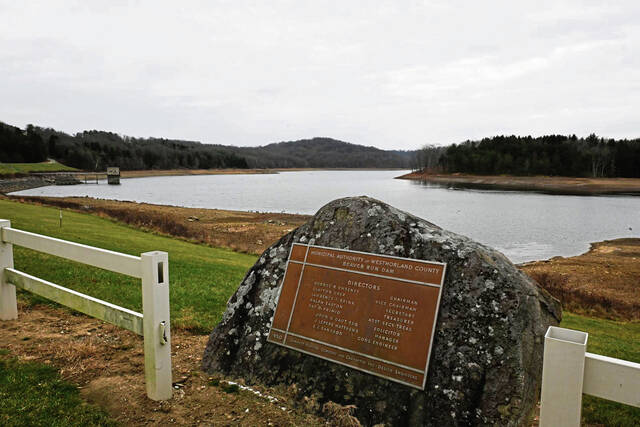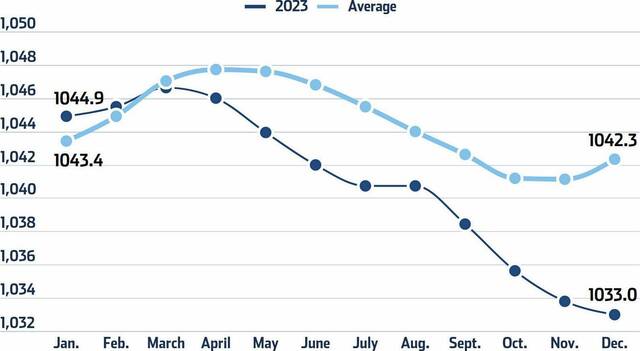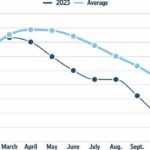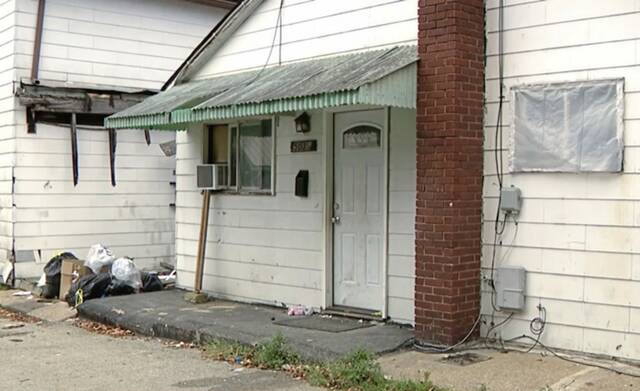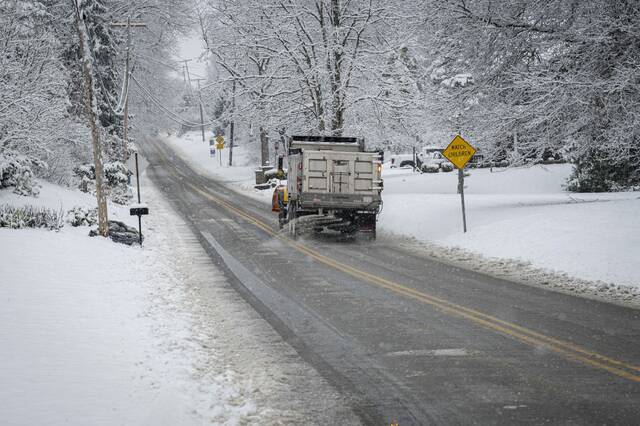The Municipal Authority of Westmoreland County on Monday ordered more than 56,000 customers served through Beaver Run Reservoir to reduce water use by 10%.
The mandatory conservation order impacts about half of the authority’s water customers, including most who live north of Route 30. Those locations, along with some in North Huntingdon, are primarily served by the reservoir.
Customers in Plum and Monroeville in Allegheny County and Gilpin in Armstrong County, who receive water purchased from MAWC, are also part of the the mandatory conservation order.
Customers can use MAWC’s interactive map on the authority’s website to see whether they are impacted by the conservation order.
“We are doing what we can to aggressively look for and repair leaks and make our system as efficient as possible, to help keep this conservation order as brief as possible. But we need your continued support,” said MAWC manager Michael Kukura.
The authority said average home customers use about 62 gallons of water each day. The conservation order calls for use to be scaled back to about 56 gallons daily.
Officials said there are currently no plans to penalize or seek enforcement of the order.
MAWC last issued fines in 1991 to customers who failed to conserve water during a drought that saw water levels dip more than an inch below levels that triggered the mandatory cuts that year.
Kukura conceded that many restrictions that come with the conservation order, such as the halting of watering lawns, washing cars and hosing off sidewalks, are activities that are not typical this time of year. Businesses that rely on water can continue to operate, he said.
“Nobody is getting their businesses shut off,” Kukura said.
According to its website, the authority recommended customers take shorter showers and limit how much water is used for laundry, to clean dishes and for other routine household chores. Officials also advised homeowners to check for leaks.
Conservation efforts
For the past month, the authority asked for voluntary conservation as water levels at the reservoir in Bell and Washington townships continued to fall amid a lack of rainfall. The authority shifted some of its water supply to the agency’s southern treatment plant near Connellsville that services have of its customer base from water taken from the Youghiogheny River near Connellsville.
The authority also halted local energy companies from using water from the Beaver Run Reservoir for fracking activities. Officials said those changes reduced the daily draw from the reservoir by more than 4 million gallons a day.
But water levels have continued to drop.
Officials said a lack of rain and snow is to blame.
Precipitation near the reservoir since September is down 30% from historical averages and nearly 4 inches less than in previous years over the same period.
“This is really a rainfall issue, not a consumption issue. We’re not losing water through evaporation. We just haven’t had the rain,” said MAWC business manager Brian Hohman.
The reservoir has been in operation since 1953. According to authority statistics, its low elevation record was 1,029.9 feet, which was reached in January 1967 after several dry years. It currently sits at 1,033 feet.
Rain has to fall within 36.5 square miles of the reservoir for it to impact the water supply, officials said.
What little rain has fallen has not always benefited the reservoir.
A rain gauge at the George R. Sweeney Water Treatment Plant in Bell indicated that rain and snow received in 2023 totaled 40.26 inches, nearly 2 inches below historical averages.
Another gauge located several miles away at the southern tip of the watershed registered just less than 38 inches of rain last year. That’s where the water needs to fall for it to benefit the reservoir, officials said.
Officials said in 2022 there were 29 precipitation events in which more than a half-inch of rain or snow fell. In 2023, the number of those events dropped to 20.
The authority has nearly 123,000 customers in Westmoreland, Allegheny, Armstrong, Fayette and Indiana counties.


